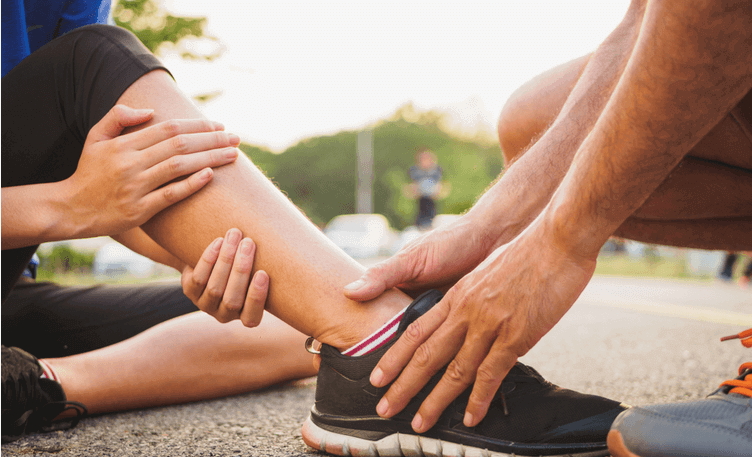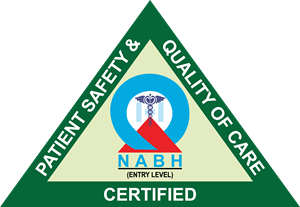Sports Injuries
What Is Sports Injuries ?
Sports injuries are commonly caused by overuse, direct impact, or the application of force that is greater than the body part can structurally withstand. There are two kinds of sports injuries: acute and chronic. An injury that occurs suddenly, such as a sprained ankle caused by an awkward landing, is known as an acute injury. Chronic injuries are caused by repeated overuse of muscle groups or joints. Poor technique and structural abnormalities can also contribute to the development of chronic injuries. Medical investigation of any sports injury is important, because you may be hurt more severely than you think. For example, what seems like an ankle sprain may actually be a bone fracture.

What Is The Main Cause Of Sports Injuries ?
Sports injuries can arise from a combination of factors. Poor conditioning and inadequate warm-up can increase vulnerability. Overexertion, improper techniques, and inadequate rest contribute to muscle strains and sprains. High-impact sports like football or basketball heighten injury risks due to collisions and falls. Repetitive motions in activities like running or tennis lead to overuse injuries such as stress fractures or tendinitis. Insufficient protective gear amplifies the risk. Inadequate recovery between training sessions can cause fatigue-related injuries. Genetic predisposition and individual body mechanics also play roles. Preventive measures like proper training, warm-ups, adequate rest, and protective equipment are crucial in reducing sports injury risks.
What Is Treatment ?
Sports injuries can arise from a combination of factors. Poor conditioning and inadequate warm-up can increase vulnerability. Overexertion, improper techniques, and inadequate rest contribute to muscle strains and sprains. High-impact sports like football or basketball heighten injury risks due to collisions and falls. Repetitive motions in activities like running or tennis lead to overuse injuries such as stress fractures or tendinitis. Insufficient protective gear amplifies the risk. Inadequate recovery between training sessions can cause fatigue-related injuries. Genetic predisposition and individual body mechanics also play roles. Preventive measures like proper training, warm-ups, adequate rest, and protective equipment are crucial in reducing sports injury risks.
Clinical Services
Facilities
24 Hours Services



